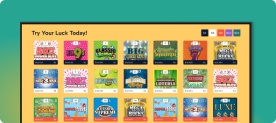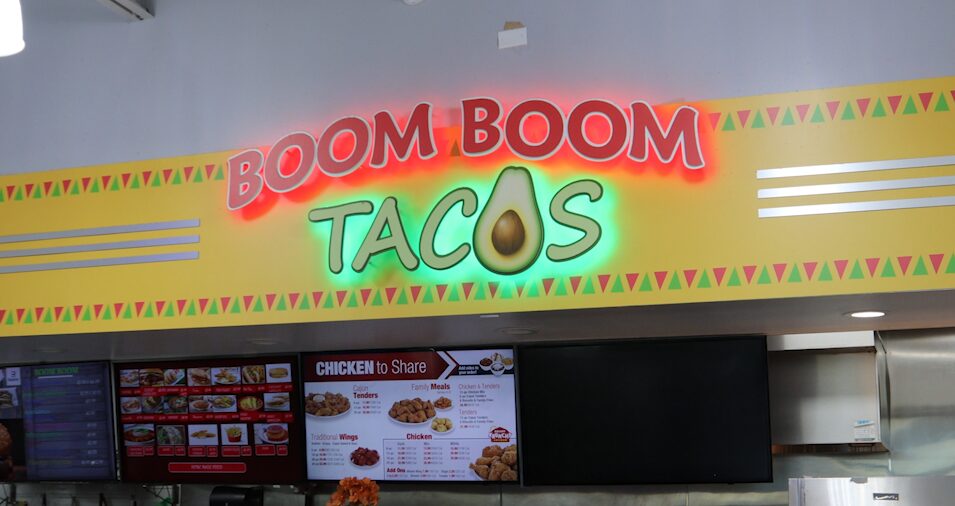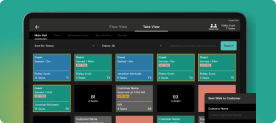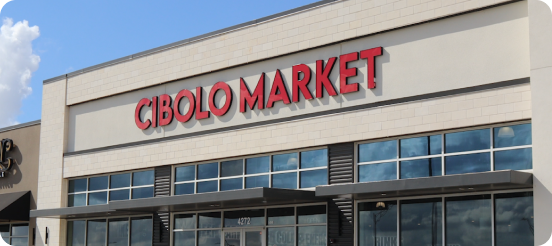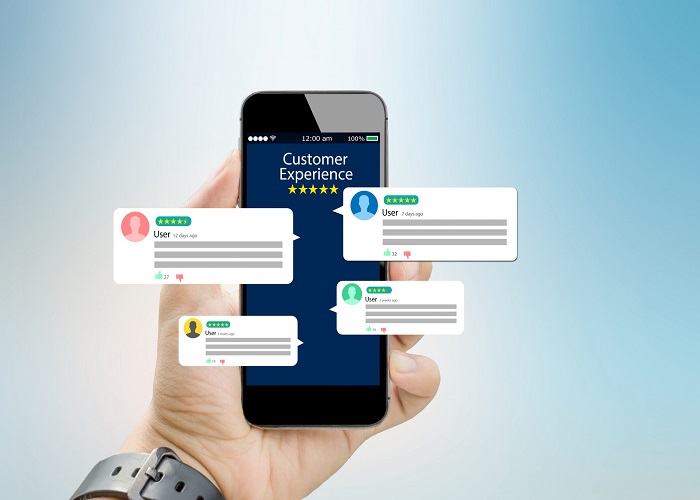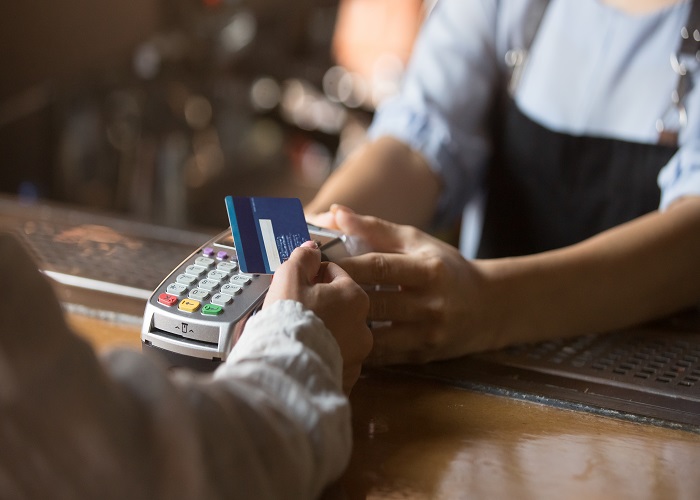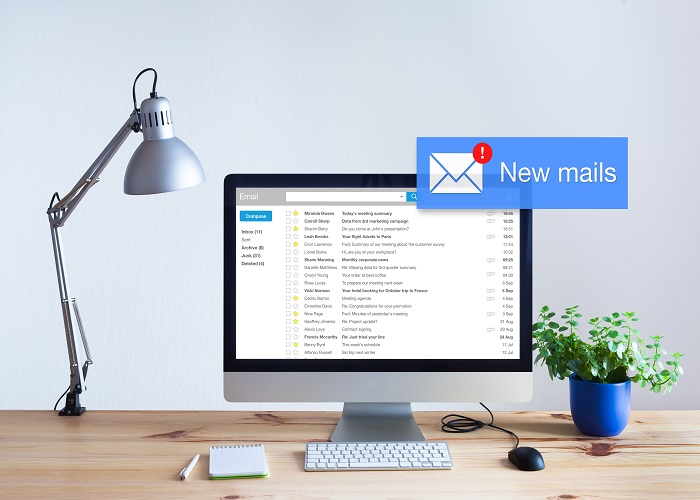
Ready to Maximize Your Email Marketing Campaign? Follow These 5 Steps
Email marketing is one of the top ways businesses are able to connect with their target audience. Statistically, email marketing is 40 times more effective in acquiring new customers than social media. However, there is a science and art to gaining new customers through email marketing. While some emails can feel too intrusive from companies, there is a method that can give customers an inside look into your business while also offering exclusive deals and information about upcoming products or events. Utilizing a customer engagement tool can help automate the process of what customers are opening up your emails and what ones are choosing to ignore them. By targeting those who are more interested in what you have to offer, you can channel emails to be more effective to customers who are more likely to make a purchase. Here are five tips to consider when marketing through email. 1. Send Relevant Content Creating an email marketing campaign is not just about conversions, it is also about creating relevant content that entices your customers to pay attention. Each email should include a call to action that the customer can engage with. Whether the call to action is looking at a particular product, or an invitation to an event, make sure that the content within the email reflects the call to action. Creating a call to action may take some experimentation, but once you find what your target audience responds to, you can create stronger email marketing campaigns moving forward. 2. Channel Emails Away From Spam It can be easy to fall into the spam filter where customers never get a chance to read what you have to offer. Avoid flashy subject lines or phrases that offer free items. This can trigger the email software to place the email in spam. There are also FTC spam laws that are important to consider before reaching out and making marketing efforts. Emails should always avoid all-caps lines or exposed HTML content, as those elements tend to move the email into the spam folder. 3. Know What Times to Send There are general times to consider sending emails, and it greatly depends on the industry you are in. A customer engagement tool can help you understand the open rate of your emails and how to adjust for a higher click rate. The time of the year, the day in the week, and what time it is can all impact how well your marketing campaign performs. Consider when you are most likely to open and read your own email. Statistically, customers are more likely to open emails between 7 and 9 am on Tuesdays, Wednesdays, and Thursdays with some email click rates spiking on Sunday evenings. Make sure to optimize your emails to ensure your campaign reaches your customers at the right time in their day. 4. Don’t Send Emails Too Often Emails can quickly add up in anyone’s inbox. You want to show the same respect to your customers that you look for in your inbox, which means not sending emails too often. Find the right rhythm for your emails, whether that is once a week, once a month, or every couple of months to share promotions and deals. Only send emails out when you are confident it is an engaging read that customers will enjoy and can participate in a call to action. 5. Use Subject Lines That Work Subject lines can make or break whether a customer opens your email. A customer engagement tool can help you refine subject lines to reach customers better. In general, keep subject lines short and to the point. You want to create an enticing opening without giving everything away in the main subject line. If you can speak simply and direct, you are more likely to have a higher open rate. Email marketing can help you grow your customer base, as well as maintain a positive connection with returning customers. By offering quality content with straightforward subject lines, you can create higher conversion rates across multiple channels of your business.
